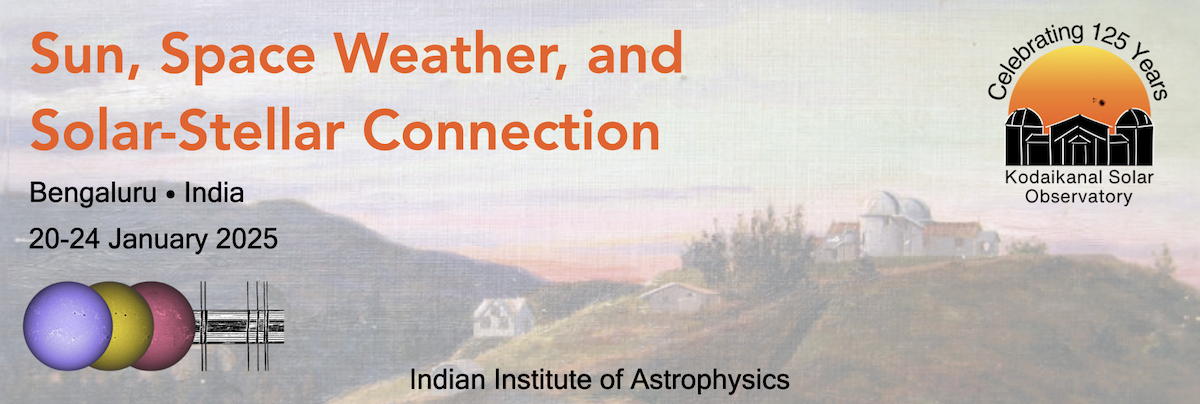Speaker
Description
Magnetosonic waves and magnetic reconnection have been studied for a long time as two major processes responsible for coronal heating, solar wind acceleration, and other energetic eruptive processes in the Sun’s corona. Here, we study the mutual interactions between these two plasma processes in a physics-based numerical model. In this model, a velocity perturbation representing the effect of a coronal transient fast-mode wave interacts with a coronal null point and forms a current sheet (CS). Due to unbalanced magnetic forces along and across the current sheet, it evolves to give a curved elongated magnetic structure that fragments to form multiple plasmoids. These plasmoids eventually coalesce with each other to enhance the total pressure locally, which generates propagating nearly-circular large-scale wavefronts. An in-phase relation between thermal pressure and magnetic pressure confirms that the propagating wavefronts are fast magnetoacoustic waves. We find that the fast waves carry energy fluxes of $10^{5}~\mathrm{erg~cm}^{-2}~\mathrm{s}^{-1}$ which are sufficient to heat coronal holes and the quiet-Sun and to drive the solar wind. We also describe the spatio-temporal correlation of multiple coalescence events in the CS and the resulting wave energy density peaks, thereby establishing a relationship between CS dynamics and the resulting wave motions.
| Contribution Type | |
|---|---|
| Theme | Energetic Phenomena |

